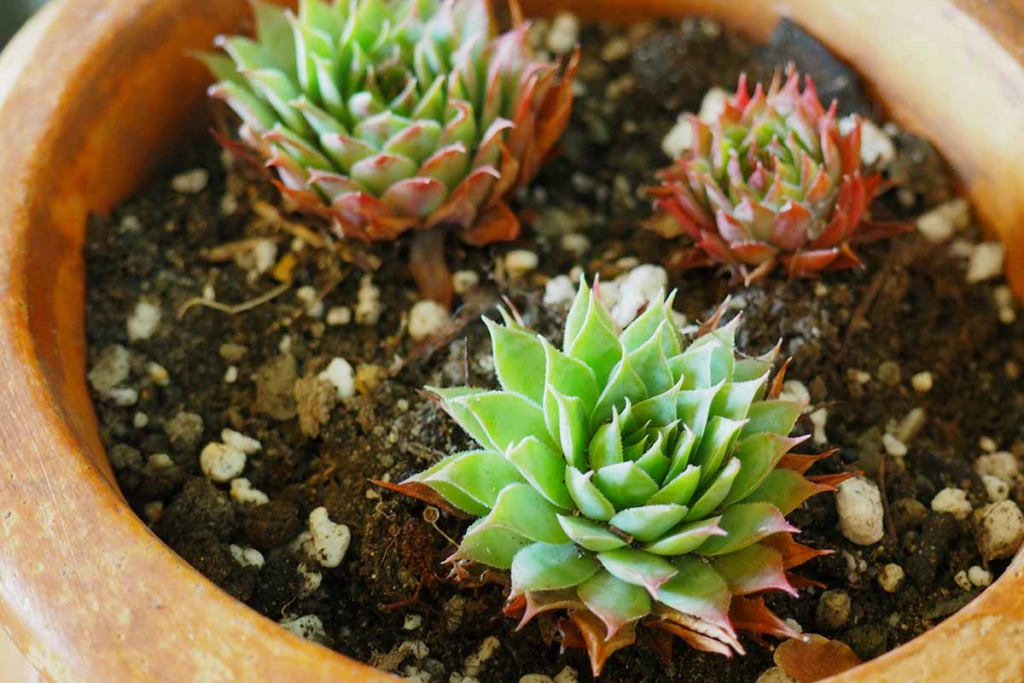December 14, 2023 | Written by Barbara Pleasant
The more effort you put into growing your plants, the more you’ll gain from the process. Now is the perfect time to start rooting houseplant cuttings—so that when plant swapping season arrives in spring, you’ll be ready for a fun exchange of greenery.
For years, I’ve attended plant and seed swaps, and each event keeps getting better. What began as seed swapping has expanded to include houseplants, and I’ve brought home many wonderful finds. But the most rewarding part? Giving away houseplant starts—there’s a special joy in sharing plants that you’ve nurtured.
Taking Cuttings From Houseplants
When it comes to rooting houseplant cuttings, choosing the best method—water or soil—depends on the type of plant. Long, vine-like plants with multiple nodes along their stems, such as pothos, root well when submerged in water. However, plants like African violets, cacti, and succulents thrive better when rooted in well-draining soil.
Regardless of the method, begin by selecting healthy stems, rinse them gently, and trim them to leave just the top 3-5 leaves. This amount is enough to sustain the plant’s energy but not so much that old leaves will die and rot before roots can develop. New growth is a sign that roots have formed and the cutting is thriving.

Rooting Cuttings in Water
Many houseplants can be rooted in water, and this method is not only effective but also visually appealing. Consider using small jars or containers—perhaps ones you would normally recycle—for rooting your cuttings. For some plants, using dark-colored containers can promote quicker root development by shielding roots from excess light.
Ensure the water you use is free from chlorine or fluoride, as these chemicals can hinder root growth. Rainwater or distilled water are ideal. Change the water weekly and closely monitor the cuttings. Water-rooted plants typically develop fragile, spindly roots compared to those grown in soil, so once roots are over an inch long, begin preparing the cutting for its new home by slowly adding a small amount of soil to the water over the course of a week. This will help the roots adjust gradually, minimizing transplant shock.

Rooting Cuttings in Soil
Succulents and clump-forming plants often root best in well-aerated soil. I recommend a mix of one part sand to three parts potting soil for an ideal growing medium. It’s best to start with small pots, especially for plantlets with a few existing roots, so that the roots don’t become overwhelmed by the soil’s microbes.
If possible, try to keep cuttings near their parent plants during the rooting process. While we can’t be sure that plants communicate with each other, there’s something comforting about placing cuttings close to their “family” for support.

Propagating with the Double Pot Method
For plants with similar needs—such as succulents or moisture-loving ferns—the double pot propagation method is an effective technique. This involves placing cuttings around a porous clay pot that holds water at the bottom, providing consistent moisture without direct watering. To increase humidity for ferns, cover the container with a plastic bag at night, supported by chopsticks. Once the cuttings show new growth, you can transplant them into individual pots or a dish garden.
By rooting your cuttings and preparing them for swaps, you not only expand your own plant collection, but you’ll also have plenty of plants to share with others. Whether for gifts or community plant swaps, the process of rooting and sharing is a rewarding journey that fosters connection and growth.
